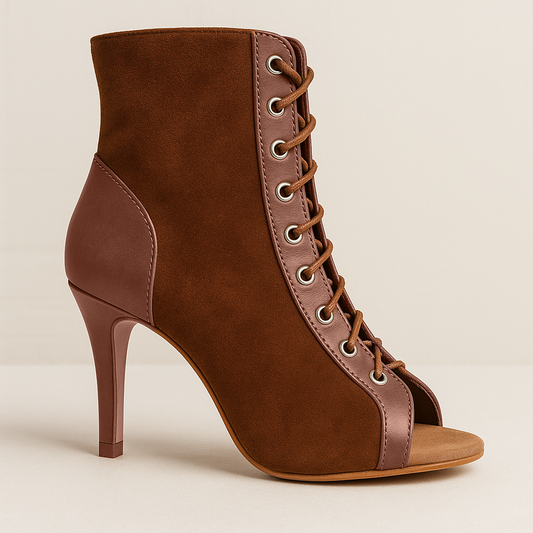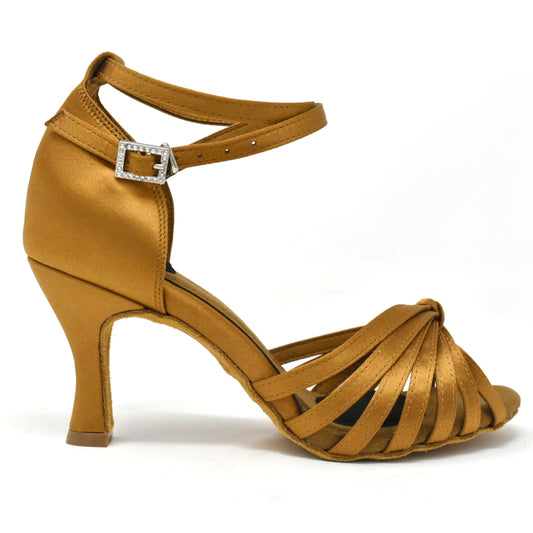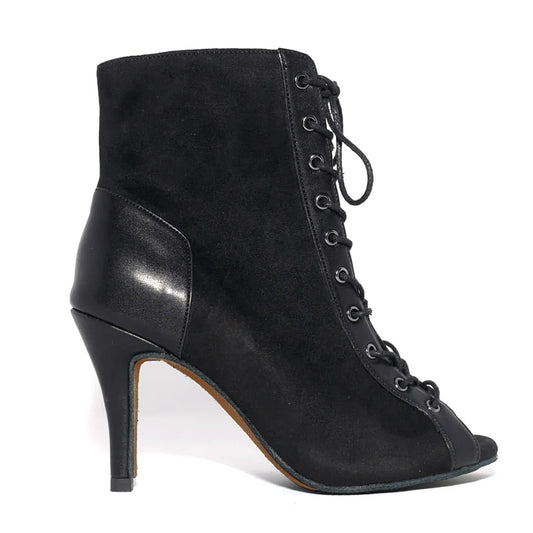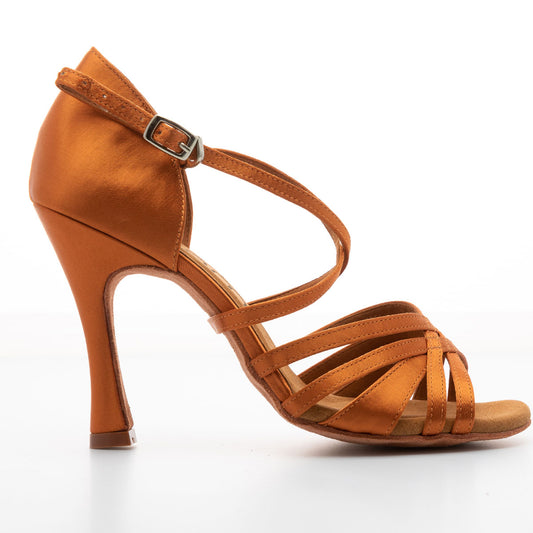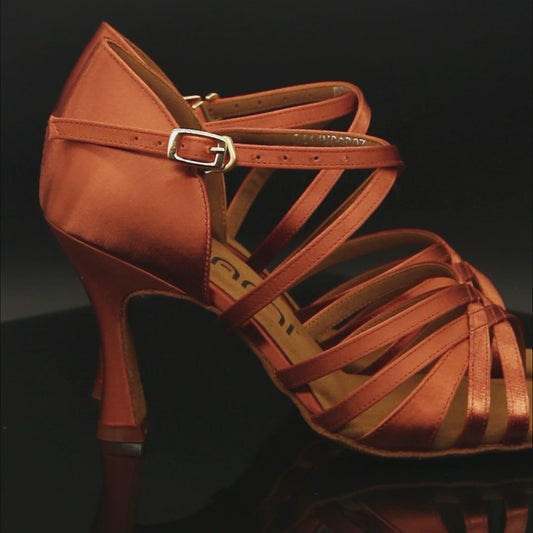
There are so many factors to consider when searching for the right Latin dance shoes, the color, the material, the style, etc. But when it comes to comfort, one thing that springs to mind is the heel height. High heels aren’t exactly known for being comfortable, more so when you’re dancing in heels but thanks to new shoemaking techniques, it’s now possible to dance in high heels without the excruciating pain.
Latin Dance Shoes: According to Height
Latin dance shoes could be as low as 1.5 inches to 4-5 inch stilettos (skinny heels). In terms of finding the right heel height for you, this will be a matter of preference. Whatever you’re comfortable wearing is fine.
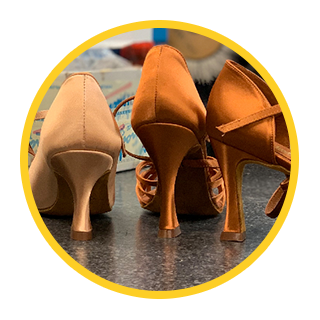
But if you are new to salsa dancing, we highly suggest going for the modest heel height and then gradually adjusting the height higher, if that’s what you want.
The Best Heel Height for Latin Dance
Latin dance like the Bachata and Salsa demand complex footwork. Bachata, in particular, looks best when performed by seasoned dancers just because the routines require fluidity, flair, and precision. Although the heel height is a matter of preference, we recommend the following heel style and height for Latin dance shoes:
- 2-in Classic Cuban Heel
- 3-in Flared Heel
- 3.5 Stilettos
2-Inch Classic Cuban Heel
The classic Cuban heel is all about maximum comfort and foot support for precise control and execution. The heels are low and wide about 1 to 2-inches with a slightly tapered back and a straight fron

t shape. The shape of a Cuban heel is similar to that of a Cowboy boot heel.
You can opt for the lowest heel but we recommend the 2-inches heel as starter Latin dance shoes. It gives modest height without the discomfort. Also, the 2-inch heels give you the look of high heels and are quite flattering.
3-Inch Flared Heel
The flared heel has a wide top, a narrow middle, and a wider bottom heel. The heel is also firmly fitted to the heel of the shoe to maximize stability and support. Unlike a skinny heel, a flared heel is in contact with a wider surface area, which boosts ankle support. Because of the wider base, flared heels are comfortable to wear. The flared shape also adds a beautiful curve to the shoes, something that will flatter most outfits.

The added support and stability lets you get away with a higher heel height with flared heels. We suggest picking a pair of Latin dance shoes with a 3-inch flared heel. The heel height is beginner-friendly, comfortable, and won’t limit the range of movement.
3.5 Stiletto Heel
Stilettos aren’t exactly known for being comfortable but the right heel height is surprisingly easy to wear. A stiletto heel has a wider base that tapers to a slim heel. The height of the heel is usually high, about 3 to 5 inches.
The skinniness of the heel does not cover much surface area so having great balance is key to dancing in stilettos. Because stilettos are quite high, wearing these shoes tend to shift the bodyweight to the forefoot, which can be painful if you're not used to wearing - much more dancing - in high heels.
That said, a moderate height of 3.5-inches is perfectly comfortable for dancing as long as you’re used to wearing heels. You’ll feel pain at times because wearing stilettos feels like dancing on your tippy-toes but there will be less forefoot pain or leg fatigue if you’re wearing Yami heels. The built-in cushion helps distribute the body weight evenly, minimizing heel pain.
When it comes to choosing the right dance shoes, choose a pair that is most comfortable to wear for you. One that matches your personal style and dance skills. Here at Yami Shoes, our goal is to bring you the dance shoes of your dreams - stylish and comfortable no matter the heel style or height!
References
https://shoepursuits.com/best-salsa-dance-shoes/
https://www.walkjogrun.net/best-salsa-shoes-reviewed/
https://blog.rayrose.com/heel-types-for-ladies-latin-dance-shoes/
https://www.internationaldanceshoes.com/heels/



